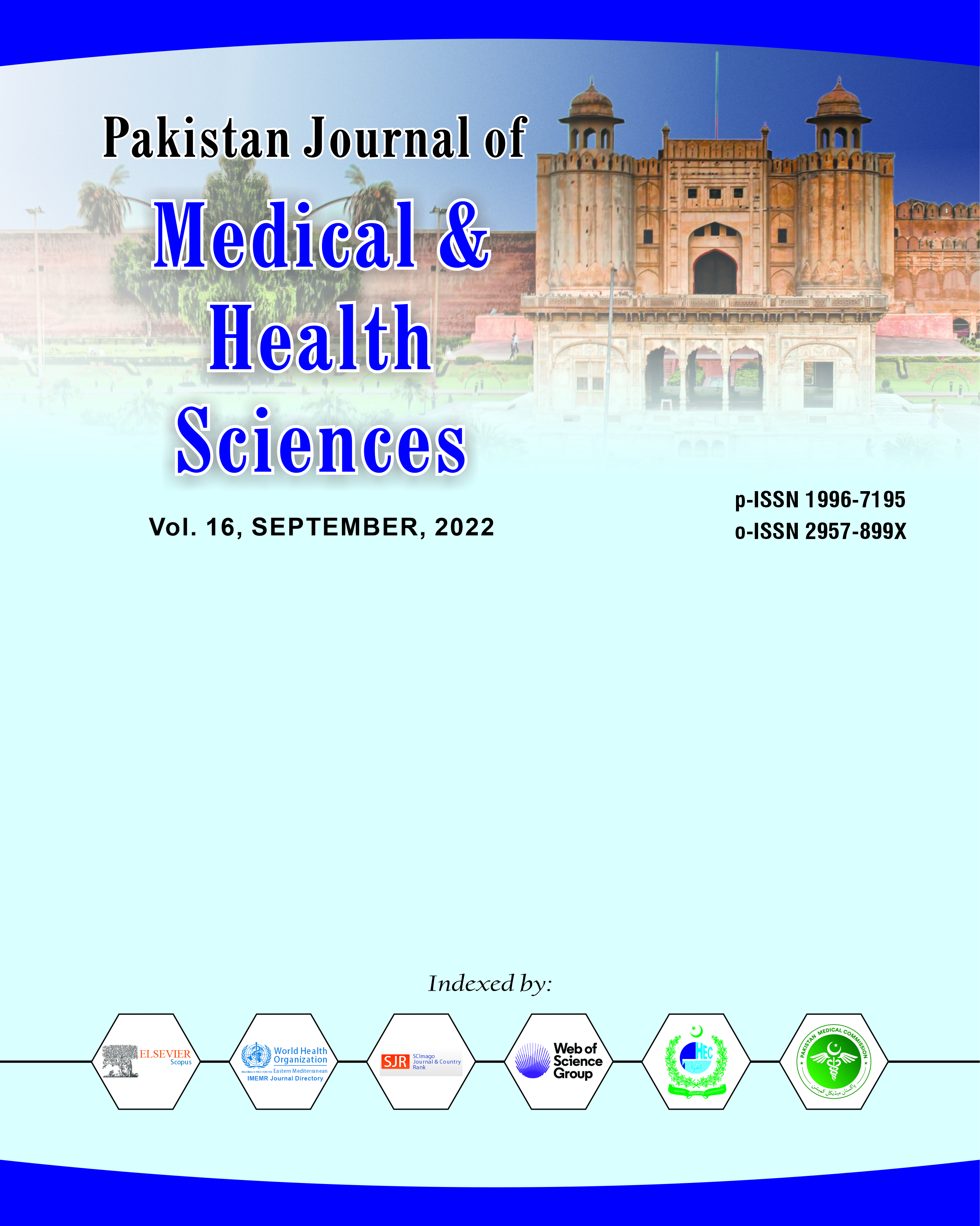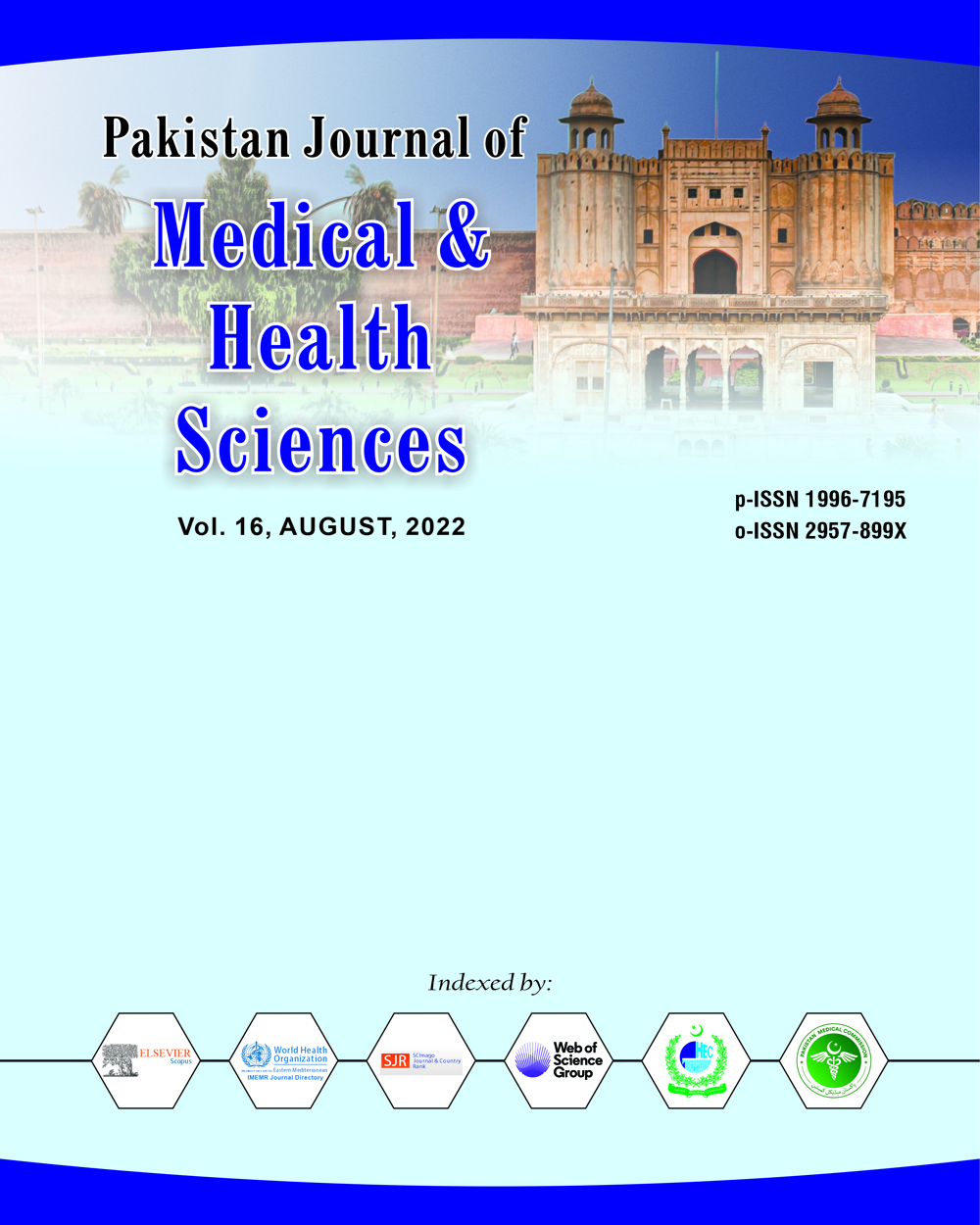
How to Manage Diarrhea?
Diarrhea is characterized by loose or watery stools and can result from various causes. Understanding its origins and management is key to effective treatment. Diarrhea means having loose or watery stools. It is so common that most people shudder when they hear the word. The thought of slimy, sickly poop in the toilet bowl never stops feeling gross. If you have diarrhea, not knowing what's causing it or how long it's going to last only adds stress to the discomfort. اسہال کا مطلب ہے ڈھیلا یا پانی دار پاخانہ۔ یہ اتنا عام ہے کہ اکثر لوگ اس لفظ کو سنتے ہی کانپ جاتے ہیں۔ بیت الخلا کے پیالے میں پتلا، بیمار پوپ کا خیال کبھی بھی برا محسوس کرنے سے باز نہیں آتا ہے۔ اگر آپ کو اسہال ہے، تو یہ نہ جاننا کہ اس کی وجہ کیا ہے یا یہ کب تک چلے گا، صرف تناؤ میں اضافہ کرتا ہے۔

Type II Diabetes and Vitamin D Levels Interdependence Among Working Old Adults
Abstract Objective: Due to the increase in the development of chronic Type II Diabetes among old working adults due to the role and levels of Vitamin D. The research was conducted for the exploration of the same research topic. This research aims to investigate the association between type II diabetes and vitamin D levels in the old working adults (above the age of 45 years). Materials and Methods: This cross-sectional research was conducted in the premises of Lahore which included a total of 1821 working employees of various institutes, firms and companies. The study included males (83%) and females (17%). The mean age of the research participants was 52±5.5 years. A self-report was used for the assessment of the sociodemographic data of the individuals included in the research. Fasting Plasma Glucose (FPG) and Glycosylated Hemoglobin (HbA1c) were assessed by blood samples for the determination of diabetes and vitamin D level status. We included four categories of vitamin D including <10, 10-19.9, 20-29.9 and ≥30 with measuring unit as ng/ml. Respective Bivariate associations between the composite indicator and vitamin D categories for diabetes mellitus were either self-reported or FPG ≥ 126 mg/dl / HbA1c ≥ 6.5%. Further associations were also made through multivariate models in order to investigate potential controlling cofounders. Results: Increasing FPG has a direct association with severe vitamin D level deficiency (<10 ng/ml) for the FPG values of β, 95% Confidence Interval and P-Value respectively 3.13; 0.78, 5.47 and ≤0.01 and HbA1c values for β, 95% Confidence Interval and P-Value respectively 0.15; 0.08, 0.23 and ≤0.001) which were adjusted in the linear regression models. Multivariate models show that after controlling potential models diabetes mellitus was also associated with deficiency of vitamin D levels with values of OR, 95% Confidence Interval and P-Value respectively 2.55; 1.16, 5.62 and ≤0.05). Practical implication: Vit-D can be used as an essential dose for older DM patients. Conclusion: The outcomes of the research reflect that there is an association between deficiency of vitamin D and diabetes mellitus among older working adults working in different corporate and commercial sectors. The identification of risk is unique with respect to the location and working environment of the individuals who were screened for diabetes mellitus. Keywords: Cardiovascular disease, 25-hydroxyvitamin D, diabetes mellitus (DM), older adults. The outcomes of the research reflect that there is an association between deficiency of vitamin D and diabetes mellitus among older working adults working in different corporate and commercial sectors. The identification of risk is unique with respect to the location and working environment of the individuals who were screened for diabetes mellitus.

Histo-Pathological Evaluation of Breast Cancer
Histo-Pathological Evaluation of Breast Cancer after Neo-Adjuvant Chemotherapy. Abstract Background: A recent standardized therapeutic technique for the patients having advanced and large (bigger than two centimeters) breast cancer is neo-adjuvant chemotherapy. The gold standard is the histo-pathological assessment of carcinoma response. Methodology: In this research study, we performed the histo-pathologic evaluation of forty-four samples received in the pathology department over a period of one year from 1 July 2021 to 30 June 2022. Results: In this research study, we studied total forty-four patients with breast cancer. Average age of these females was fifty years. Average size prior CT was 56.140 centimeter square and post CT was 29.4 centimeter square. In this research work, complete pathologic response was shown by eighteen percent patients and incomplete response was shown by eighty-four percent patients. Conclusion: Changes in pattern of characterizations examined after the histo-pathological evaluation of tumor are dystrophic calcification, stromal hyalinization, regions of coagulated necrosis, reactive infiltration of lymphocytes, cellular fibrous tissue and hemosiderin laden macrophages
